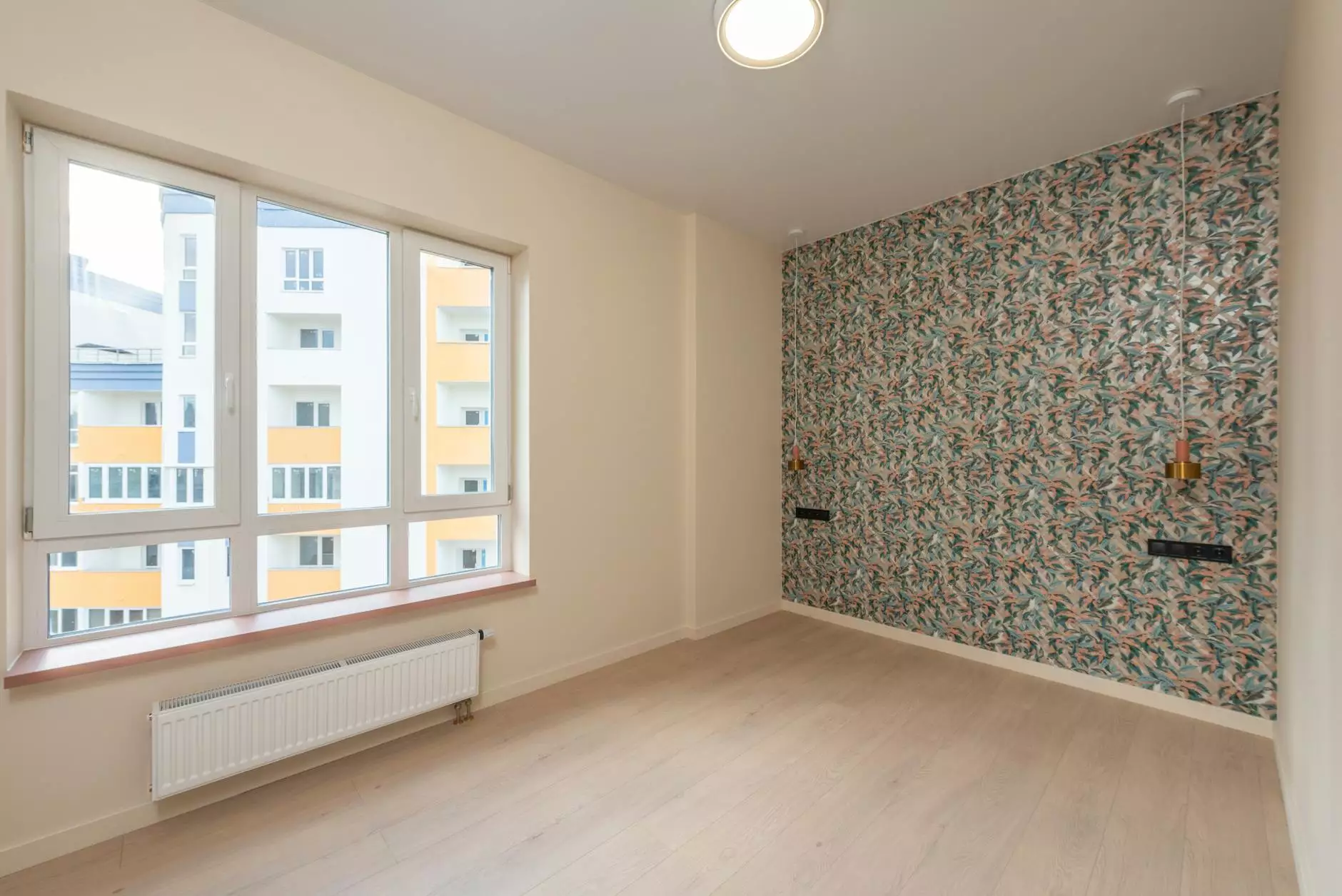Understanding Distributed Antenna System Design

Distributed Antenna Systems (DAS) are revolutionizing the way we connect in a world that continually demands more from our telecommunication networks. As mobile data usage escalates and connectivity becomes paramount, the importance of well-structured system design becomes evident. This in-depth guide will explore the fundamentals of distributed antenna system design, the advantages it offers, and its significance in the telecommunications landscape.
What is a Distributed Antenna System?
A distributed antenna system is a network of spatially separated antennas that provide radio frequency (RF) coverage to a specific area. The system consists of multiple antennas connected to a common source via a transport medium, which allows the distribution of the signal throughout a designated area such as a large building, stadium, or urban environment.
Key Components of Distributed Antenna Systems
The effective design of a DAS involves several critical components:
- Antenna Units: These are strategically placed throughout the area to capture and distribute signals.
- Signal Sources: These can include base station signals or repeaters that feed the antennas.
- Transport Medium: Fiber optic cables or coaxial cables are used to connect the antennas to the signal source.
- Headend Equipment: This includes controllers and amplifiers that manage signal distribution and boost coverage.
The Importance of DAS in Telecommunications
The rise of mobile devices and data traffic has underscored the need for enhanced coverage and capacity in telecommunications. Distributed antenna system design addresses these challenges effectively:
1. Enhanced Coverage
By deploying antennas strategically, DAS ensures improved coverage in difficult-to-reach areas such as basements, high rises, and expansive outdoor locations.
2. Increased Capacity
DAS can support more users and device connections than traditional single-cell networks, allowing for an uninterrupted experience even during peak usage times.
3. Reduced Interference
With a well-designed DAS, interference is minimized since signals are delivered closer to the users, leading to a clearer, more reliable connection.
Design Considerations for Distributed Antenna Systems
Designing an effective distributed antenna system requires attention to numerous factors to ensure optimal performance:
Site Survey and Assessment
Before implementing a DAS, conducting a thorough site survey is essential. This helps identify coverage gaps, understand the physical environment, and determine the best locations for antennas.
Capacity Planning
Understanding the expected number of concurrent users and their data needs is critical in designing a DAS that can handle the load without degradation in performance.
Regulatory Compliance
Adhering to local regulations and safety standards is crucial. This includes ensuring that the system does not cause interference with other electronic devices and complies with building codes.
Types of Distributed Antenna Systems
Different types of DAS cater to varying needs and environments:
1. Passive DAS
In a passive DAS, signals are transmitted without amplification. This type usually employs coaxial cable and is often used in smaller buildings where signal strength is adequate.
2. Active DAS
Active DAS utilizes powered components that amplify and manage signals. This type is ideal for larger spaces where signal strength may diminish without amplification.
3. Hybrid DAS
A hybrid approach combines both active and passive components to optimize performance based on the specific requirements of an area.
Implementation Strategies for Distributed Antenna System Design
Successfully implementing a DAS involves meticulous planning and execution:
Step 1: Initial Consultation and Needs Assessment
Engaging with stakeholders to understand the specific needs and objectives of the DAS project is foundational.
Step 2: Comprehensive Site Survey
Conducting a site survey, which encompasses signal testing and environment analysis, will provide vital data to inform design decisions.
Step 3: Design Proposal Development
Using the data collected, a detailed design proposal outlining the necessary components, layout, and implementation timeline should be created.
Step 4: Installation and Testing
Following the proposal approval, installation of the system can commence. Post-installation testing is critical to confirm the system meets performance expectations.
Step 5: Monitoring and Maintenance
Regular monitoring and maintenance of the DAS are essential to ensure ongoing performance and address any issues promptly.
Benefits of Using Distributed Antenna Systems
Companies investing in distributed antenna system design can expect multiple benefits:
- Improved User Experience: Guests and employees enjoy consistent connectivity, fostering engagement and productivity.
- Increased Property Value: Enhanced network capabilities can lead to higher property values and attract more tenants, customers, or visitors.
- Future-Proofing: As data demands evolve, a well-designed DAS can accommodate new technologies and increased user loads.
- Cost-Effective: Although initial setup can be an investment, the long-term savings on infrastructure and improved user satisfaction are substantial.
Case Studies in Successful DAS Implementations
Numerous organizations have successfully implemented distributed antenna systems to address their connectivity needs:
Case Study 1: Large Retail Space
A major retail chain implemented a DAS in its flagship store to enhance wireless coverage. The solution resulted in improved customer satisfaction, as patrons enjoyed seamless access to mobile payment services and location-based offers.
Case Study 2: High-Rise Office Building
In a densely populated urban center, a high-rise office building utilized DAS to ensure that all floors received adequate cellular coverage. As a result, tenant turnover reduced significantly, bolstered by the enhanced connectivity services offered.
Future Trends in Distributed Antenna System Design
The field of distributed antenna system design is continuously evolving, influenced by advancing technologies and changing user demands:
1. Integration with 5G Technology
The transition to 5G is fundamentally altering the needs for DAS, as this new technology demands higher bandwidth and lower latency, necessitating more robust designs.
2. Smart Building Integration
As buildings become smarter, integrating DAS with IoT systems and automation technology is becoming more common, improving overall building management and user experience.
3. Enhanced Security Measures
With growing concerns over data security, future DAS designs will increasingly incorporate security features to safeguard data transmission and protect user privacy.
Conclusion: The Future of Connectivity through Distributed Antenna System Design
Distributed antenna system design represents a crucial investment for businesses looking to enhance their telecommunications infrastructure. By understanding the components, strategies, and benefits associated with DAS, organizations can unlock the full potential of wireless connectivity. As technology advances, staying ahead of the trends in DAS will be vital for maintaining competitive advantage in the increasingly connected world.
For tailored solutions and expert advice on DAS, reach out to Teleco.com. As leaders in the field of telecommunications and IT services, we are committed to providing cutting-edge solutions that meet the ever-evolving needs of businesses.









